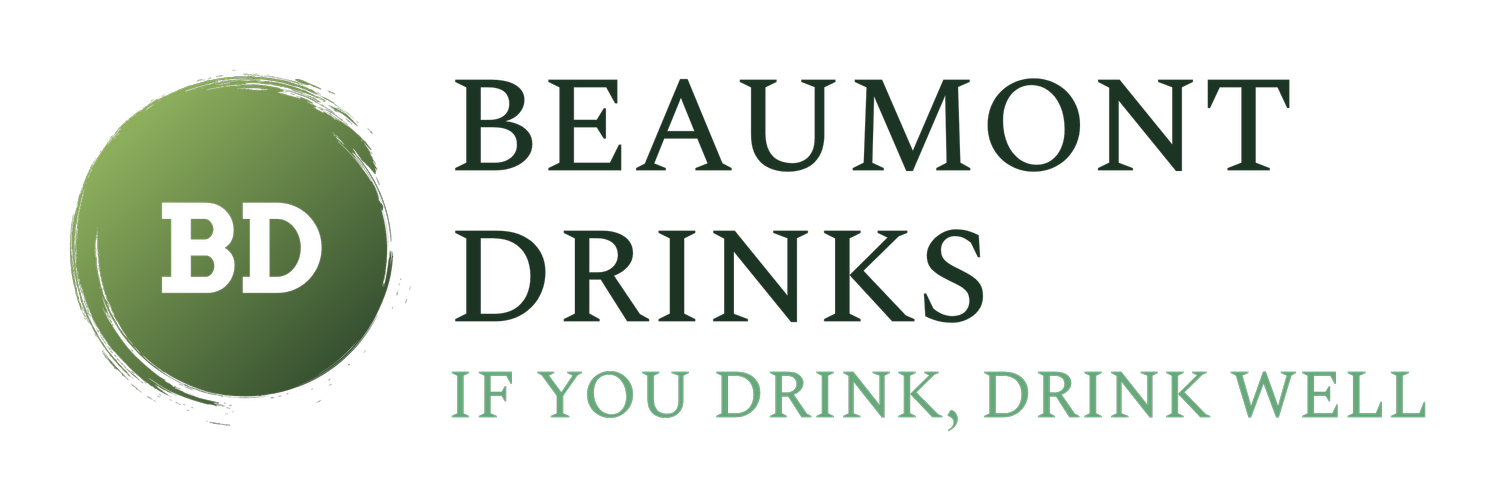A Trio of Classic Gins: Beefeater, Tanqueray, and Bombay Sapphire
Three centuries after the legendary London ‘Gin Craze’ of the 18th century earned the spirit the nickname ‘Mother’s Ruin,’ gin is again having its moment – although it must be hastily noted in far superior fashion. From the mere quartet of imported gins identified in the LCBO’s 1990 Product List, the Board now carries over forty from the United Kingdom alone, with others arriving from Italy, Germany, Japan, and beyond, plus an already large and ever-growing contingent of domestic craft gins.
While this is hardly gin’s first ‘back from the dead’ renaissance, it is arguably its most impressive and, perhaps, longest lasting. The darling spirit of craft distillers the world over, gin is prized by bartenders for its unique mixability and, of course, is also the basis for the absolute favourite of cocktail sophisticates the world over, the Martini. While it might not quite yet rank up there with clear spirit category leader vodka, there is no disputing the fact that gin’s trajectory is decidedly upward.
A descendent of genever, the juniper-based spirit popular during the 16th and 17th centuries in the Low Countries – now Belgium and the Netherlands – gin’s ascent to popularity in London began in the late 17th century and peaked after about 1720, when the combination of cheap grain and an explosion in the number of distillers made it cheaply available pretty much everywhere. (For more on this decidedly spotty period of gin’s history, I refer you to Jessica Warner’s excellent 2002 book, Craze: Gin and Debauchery in an Age of Reason.)
Post-Industrial Revolution, things in England settled down quite a bit thanks to legislation and improved production methods – hello column still! – and several brands emerged as industry leaders, including Beefeater London Dry and Tanqueray London Dry. Over a century later, those were two of the four previously noted brands available at the LCBO, alongside Bombay London Dry, now Bombay Sapphire London Dry, and the long-defunct Ballentine’s, at the time bottled in Ontario by the Board.
Because those three brands effectively form the base for gin in Canada, and because sampling the entirety of the gins available today at the LCBO would take weeks and cost thousands, I decided to procure a bottle of each and sample them one against the other against the other in several different ways to see which, if any, stood out from the crowd.
Sampled neat at room temperature from Glencairn tasting glasses, Bombay Sapphire has the mildest aroma by a significant margin, as you’d expect of its famously lighter, more approachable style, with the least juniper presence, more floral and herbal than peppery, and a citrusy character with orange up front and lemon in the background. Both Beefeater and Tanqueray, on the other hand, boast prominent juniper notes that come across as quite spicy and peppery, Tanqueray a bit stronger with piney notes and Beefeater more a balance of resinous herbs and lemon zest accompanying the peppery juniper.
On the palate, Bombay Sapphire is soft, almost creamy, with a citrus element reminiscent of lemon custard, a lightly peppery spice – green rather than black peppercorns – and a faintly sweet, coriander and lemon finish. Of the other two, Tanqueray is by a slim margin the more aggressive, with a foresty character that blends peppery juniper and coriander with notes of pine and spruce. Beefeater has a more rounded character, with good integration of citrus, both peppery and floral juniper, and a mouth-drying, appetizing finish.
For the second taste comparison, I poured an ounce of each gin over two ice cubes, stirred, and decanted the chilled spirits back into their respective Glencairn glasses.
Muted by the cold, Bombay Sapphire grows even creamier, with light hints of brown spice growing and the lemony character of the room temperature gin receding. Beefeater, on the other hand, develops more of an anise character, less peppery, and finishing, if anything, even drier than it did at room temp. Most impressive – and I say this as a day-to-day Beefeater drinker – is Tanqueray, which with its spruce tree character tamed by the cold grows richer, rounder, and displays an impressively complex mix of citrus and spice.
The scores:
Bombay Sapphire 83 ($29.50 - $35)
Tanqueray 92 ($29.50 - $32.50)
Beefeater 92 ($25.75 - $32.50)

